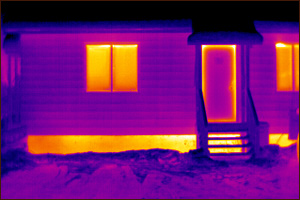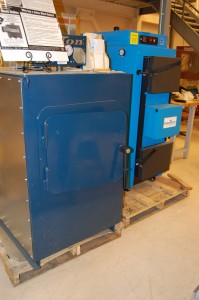CCHRC is presenting one of the keynote addresses at the Alaska Municipal League (AML) Summer Legislative Meeting in Sitka this week. The AML, a statewide advocacy organization of 140 municipalities, meets each summer to discuss common issues and set legislative priorities at the state and federal levels.
CCHRC Senior Researcher for Energy Policy, Dr. John Davies, will present on energy efficiency as a resource for the sustainability of Alaskan communities. This will be a great opportunity to advance discussion of state energy efficiency policy recommendations that are part of work CCHRC is performing under a contract with the Alaska Energy Authority. A long-term commitment to improving the energy efficiency of our buildings, appliances, and vehicles can reduce our need for energy by such large amounts that it should be considered as equivalent to large energy resources such as natural gas pipelines, hydroelectric dams, or coal-fired power plants.
Davies, along with Policy Research Director, Dr. Kathryn Dodge, will also visit Juneau and Ketchikan to meet with members of the building community about energy efficiency standards and the programs used to measure them. They will discuss and obtain feedback from builders, energy raters, and regulators on proposed policy recommendations, such as a statewide energy code, and present updates to a range of CCHRC programs. One agenda item will be AkWarm, an AHFC computer program used to model energy use in homes and commercial buildings. AkWarm’s calculations are based on insulation levels, air tightness, and other thermal characteristics, and it is used to certify building for loans, rebates, and other purposes.

